It is 2022 – residential, commercial, and industrial properties are powered by electricity and are controlled via automation. This is possible because of a complex network of cables that run through the premises – primarily power and control cables. But what are they? More on power cables and control cables below.
What is a Power Cable?
A power cable is an electric cable that transmits and shifts energy from a power source to a piece of electronic equipment. Installation can be overhead or underground, depending on their use, and they usually consist of 2+ electric conductors covered by a sheath. Copper and aluminium are primarily used due to their high electric conductivity, while polyvinyl chloride (PVC) is the most common dielectric due to its great insulation capacity. The sheath is usually made of lead alloy due to high durability. The types of power cables are:
- Medium Voltage Power Cables
- Aluminium Service Drop Cables
- Paper Power Cable
- NM-B Romex
- Service Entrance Cables
Now that you know everything about power cables, let’s learn about control cables.
What is a Control Cable?
A control cable is an electric cable that is designed to help equipment function as it is supposed to via automation. It sends signals to the various lines in electrical equipment to make this possible. It is the most essential part of an automation system and hence, must be of superior quality. This means they should have a UL rating and be covered with a braid shield, foil shield, or both. In addition, it must be able to tolerate flex for hassle-less installation in the most difficult of locations. They are essential to robotics, assembly lines, and power distribution systems, among others.
Now that you have learnt about power and control cables, let’s dive deep into how they are different from each other.
Differences Between Power and Control Cables
There are a few major differences between power cables and control cables, and we have listed the main ones down below:
- Insulation
Power cables require thicker insulation than control cables when working in the same environment.
- Voltage
Control cables have a voltage of 300V to 600V, and power cables usually have a higher voltage of 0.6/1 kV.
- Gauge
Control cables start at a size of 28 AWG and go up to 2 AWG while power cables start at 40 AWG and can go to 1 AWG.
- Temperature
Control cables can withstand temperatures up to 900 degrees C, while power cables
- Executive Standard
Power cables are GB12706 while control cables are 9330.
- Colour
Control cables are usually black with white alphabets or numbers while power cables have different colours.
- Cores
Power cables have 1, 2, 3, 4, and 5 cores – based on their utility. However, control cables have cores ranging from 2 to 61 in numbers!
We are sure that you are in a commanding position to choose the apt power and control cables for your facility, now that you know all about them! But which company should you trust?
KEI Industries – India’s Leading Manufacturer of Power and Control Cables
Born as a partnership firm called Krishna Electrical Industries in 1968, we primarily started as a house wiring rubber cables manufacturer. However, the guidance of Mr. Gupta has made KEI Industries a renowned name in this industry over the last few decades, and we now have a global presence in 45+ countries! In addition, we have expanded our manufacturing capabilities and now specialize in making power and control cables too. To see how we can help you, please write to us on info@kei-ind.com. You can visit www.kei-ind.com to glance through our other offerings and follow us on social media to stay updated on the latest happenings.







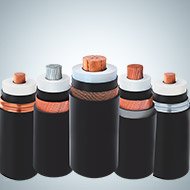
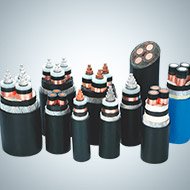
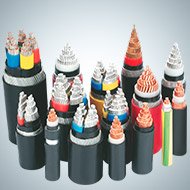

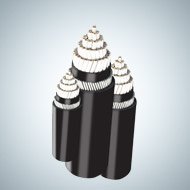

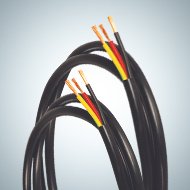
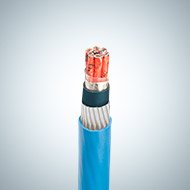
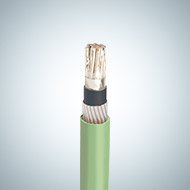
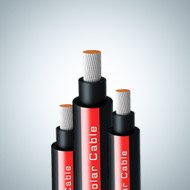
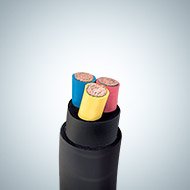
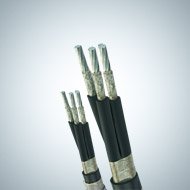
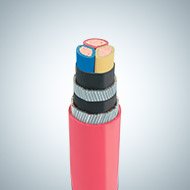
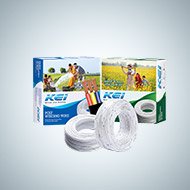

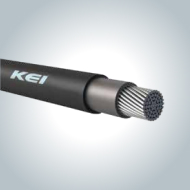
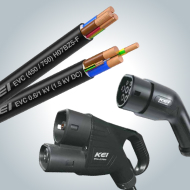
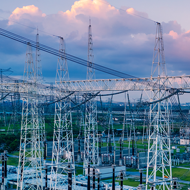



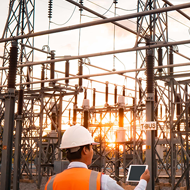


















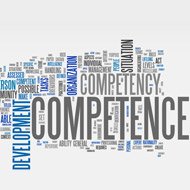



 Subscribe Newsletter
Subscribe Newsletter